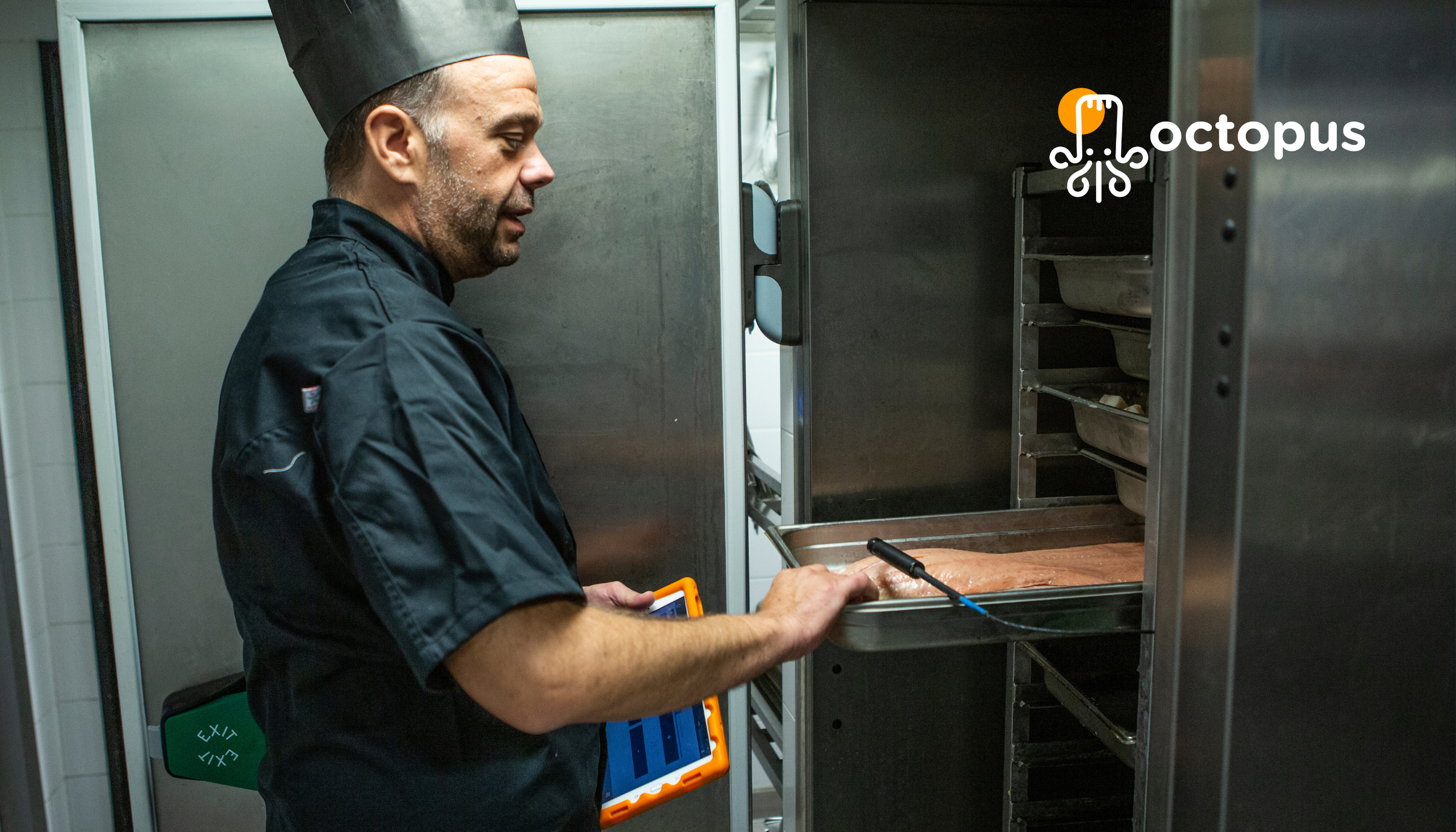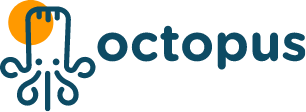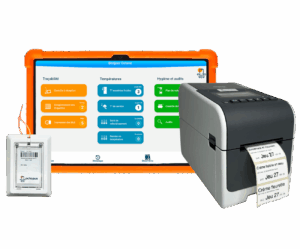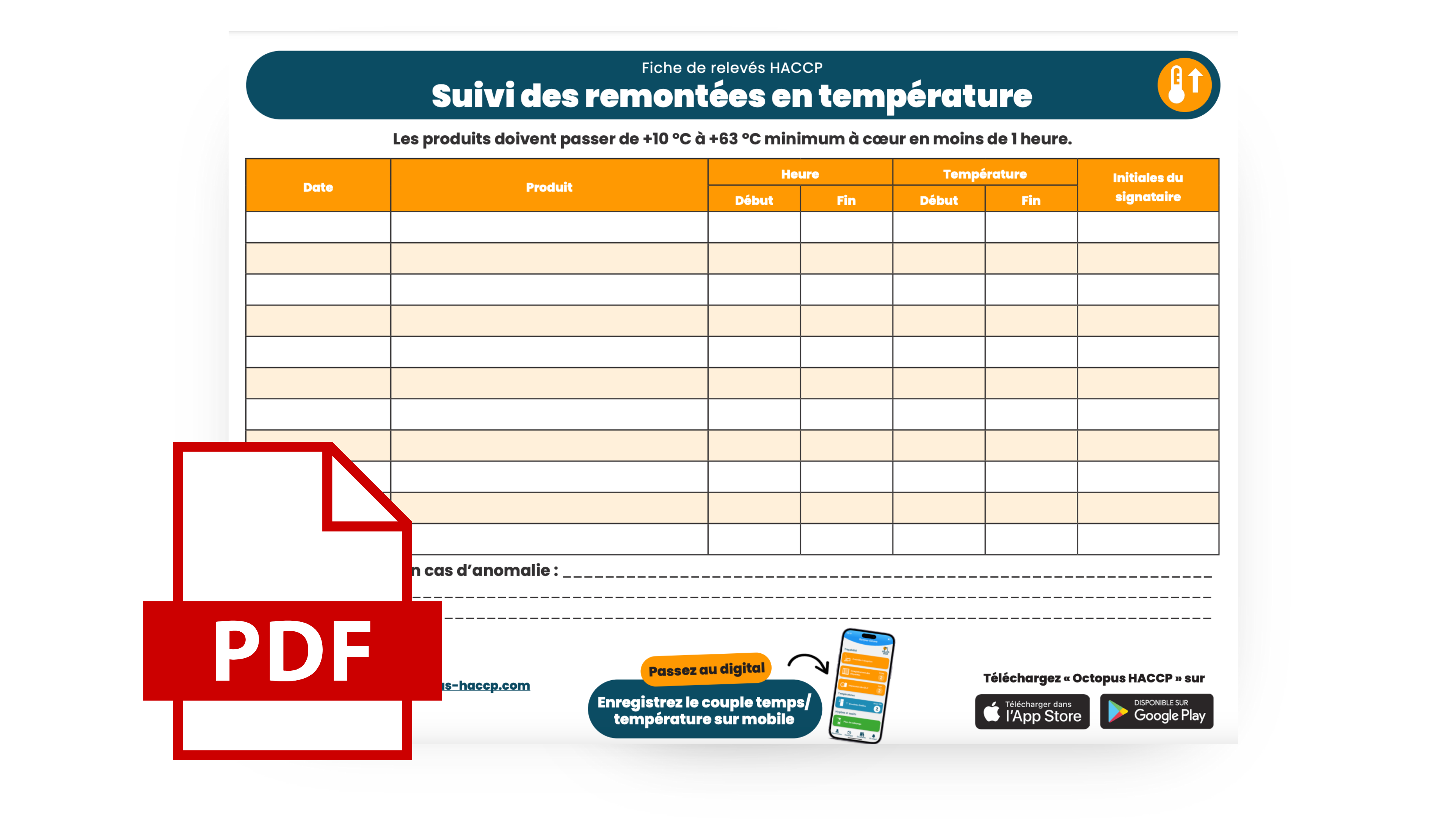Temperature control chart: download your PDF
Température
? Mis à jour le : 20/02/2025
Summary
- Rethermalization: what is it?
- Why should I manage rethermalization properly?
- How do I integrate rethermalization into my sanitary control plan?
- What information should I keep for my temperature returns?
- How can I guarantee that the food is kept warm?
- What corrective action should I take in the event of a problem?
- Download your re-tempering chart as a PDF
In this article, we explain the regulatory obligations, the good hygiene practices to properly increase the temperature while respecting the HACCP method, and we provide you with a reheating chart at the end of the article, so you can be confident during a health inspection! ✅
What is rethermalization?
Monitoring the time/temperature combination particularly concerns dishes prepared in advance, then cooled and stored in a cold environment intended to be consumed hot.
Why manage the temperature rise ?
❄️ Focus on temperature: Most bacteria are destroyed at 63°C. That is why it is important to reheat a preparation to this minimum temperature to ensure the product is sanitized.
⏳ Focus on time: Why is rapid reheating necessary? Because the danger zone is between 10°C and 63°C:
- Below 10°C, bacterial growth slows down.
- Above 63°C, most pathogenic bacteria are destroyed.
- Between these two temperatures, bacterial multiplication is exponential, making food potentially dangerous for consumers.
Therefore, the heating of preparations carries limited risk when food items go from their storage temperature (usually at 3°C) to above 63°C within 1 hour maximum.
How to integrate reheating into my food safety management plan? 🍽️
To comply with regulations and HACCP requirements, reheating must be integrated into your food safety management plan (FSMP). The FSMP lists all your procedures to ensure food safety and compliance with current regulations. It is based on several principles, including HACCP, which aims to identify, assess, and control hazards related to food hygiene.
Here are some steps to simply integrate your temperature monitoring chart into your FSMP:
- ✅ Define your reheating procedures: Depending on your specifics, you must determine the types of preparations to reheat and the control method: For example: using a steam oven, a sauté pan, etc., with temperature checks after cold storage and after reheating, as well as measuring the time between the two steps.
- 👩🍳 Train your staff: You need to raise their awareness of the risks linked to reheating by explaining why it is important to reheat food quickly and bring it to a minimum of 63°C. They must also be trained in the various HACCP procedures you have established in your establishment.
Verify and adjust procedures: You must ensure that the procedures in place are effective and appropriate. If necessary, you can optimize them to make them more efficient.
For example: if your oven does not allow rapid reheating of large quantities of food, you will need to adapt your procedure.
What information should I keep for my reheating records? ✏️
To be safe during a health inspection, you must monitor your reheating processes and keep various pieces of information:
- The date and time of reheating
- The name of the product concerned
- The initial temperature before reheating (after removal from cold storage)
- The final temperature reached (minimum 63°C)
- The time taken to reach the target temperature (maximum 1 hour)
- The name of the person who took the measurement
Where to record this information? 🗒️
To prove you are properly monitoring your reheating, you must record the information to be kept. In case of a health inspection, you may be asked to provide it. There are different ways to record your logs:
- 📝 On paper: you can record everything on paper, for example in a table format. We offer one at the end of this article to help you with your HACCP logs. With this method, you will need to print the table regularly.
- 📱 Using an HACCP logging app like Octopus HACCP: simpler and faster, the HACCP app on tablet or mobile allows you to centralize all your information and access it easily in case of hygiene inspection.
Octopus HACCP includes a module dedicated to reheating. It allows you to:
- Easily record your HACCP logs.
- Simply calculate your time/temperature combination.
- Receive alerts in case of non-compliance, for example if your reheating takes longer than the regulatory limit.
- Manage the history of your logs without risk of losing information.
How to ensure proper hot holding?
Reheating is not only about warming your food to the right temperature for consumption, but also about reaching a sufficient temperature to eliminate bacteria. Once the correct temperature is reached (minimum 63°C), it is important to maintain it. That is why you must keep food at a temperature of at least 63°C until serving.
For hot holding, here are our recommendations:
- 🍲 Use appropriate equipment: bain-marie, heat lamps, hot-holding ovens, etc.
- 🌡️ Monitor the temperature during hot holding to ensure it does not fall below 63°C. It is recommended to check the temperature at the beginning and end of the service.
- ✋ Avoid handling to limit heat loss.
- 🗓️ Plan and schedule service to avoid leaving dishes waiting too long.
When is recording the time/temperature combination mandatory? ⚖️
This protocol is mandatory from the moment there is a risk of poorly controlling the temperature when reheating preparations in advance and in large quantities.
When reheating preparations, there is a risk that they will not reach 63°C at the core within 1 hour. This risk increases with large quantities reheated at the same time, where the core temperature may struggle to rise, especially with low-powered equipment.
What about daycare centers?
In daycare centers, or with young children, it is dangerous to serve preparations that are too hot, as there is a risk of burns. However, regulations require you to reheat your preparations to at least 63°C. Since children cannot consume food at such a high temperature, it must be cooled down. ❄️
In this case, the rule in force is not to exceed 2 hours between the moment the food is at 63°C and when the child consumes the meal. Why 2 hours? Because this is based on the rapid cooling rule.
What about buffets or self-service?
Buffets or self-service require prolonged hot holding. Since they can last several hours, any drop below 63°C poses a risk. To prevent this, you must ensure that the temperature of the food is maintained throughout the service with adequate and functional equipment (bain-marie, chafing dishes, warming plates, etc.).
What about traditional restaurants??
In traditional restaurants, there are two scenarios:
1/ Plate service with food cooked to order, or small portions reheated to order, does not require temperature recording at the start and end of cooking.
2/ If you reheat sauces or large quantities of preparation in advance that will be kept warm throughout the service, you must follow the time/temperature control protocol.
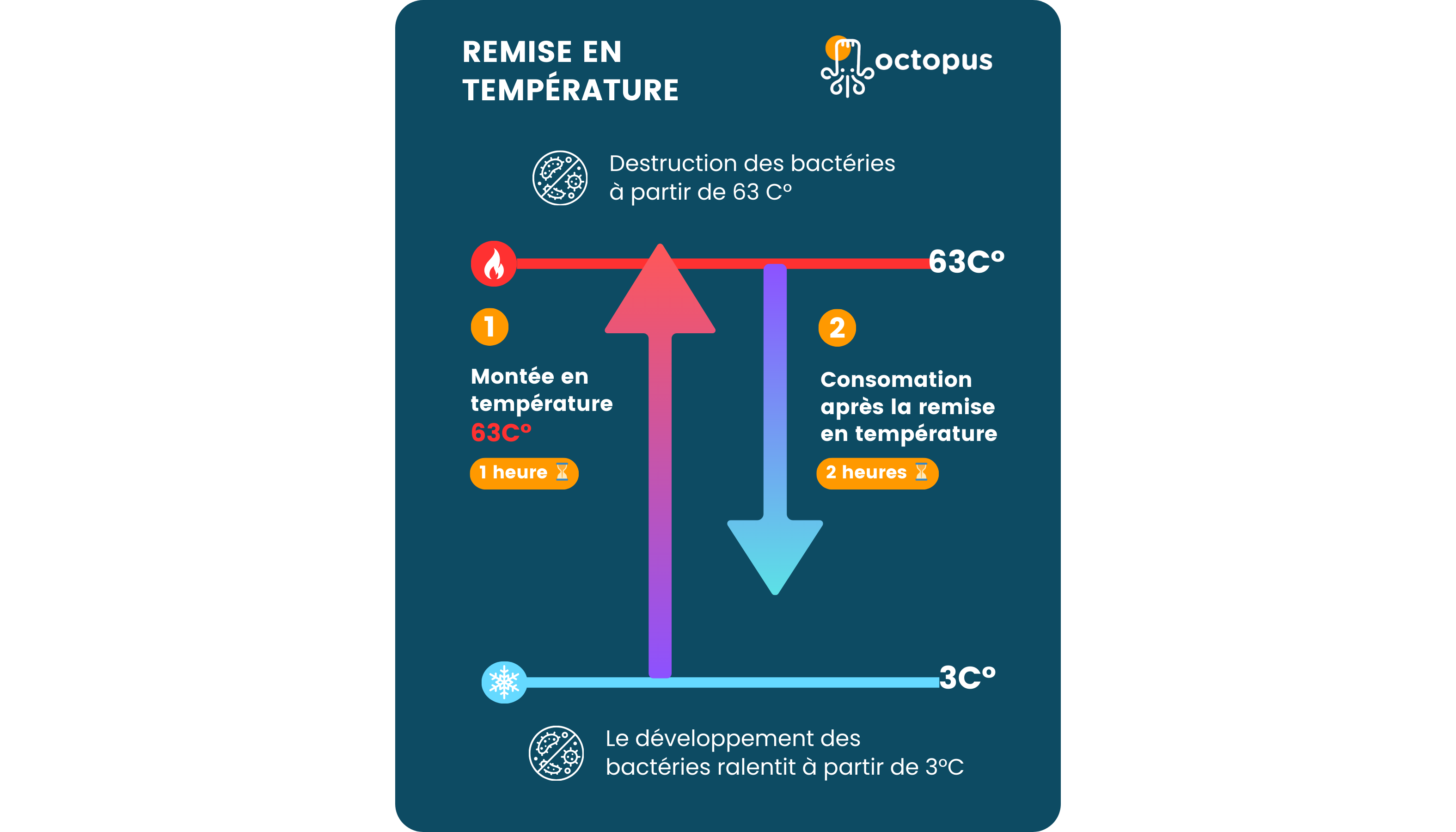
What corrective actions should be taken in case of a problem? ⚠️
If you fail to raise the temperature to 63°C within one hour, record the incident in the HACCP log: document any anomaly and the measures taken to prevent it from happening again.
- Discard non-compliant food: if the target temperature is not reached within the allotted time, the food must be discarded to avoid any health risks.
Download your reheating log chart in PDF
This chart allows you to record all your temperature rise logs.
You can download it for free in PDF format and print it. To receive it, please fill out the form below. 📩

